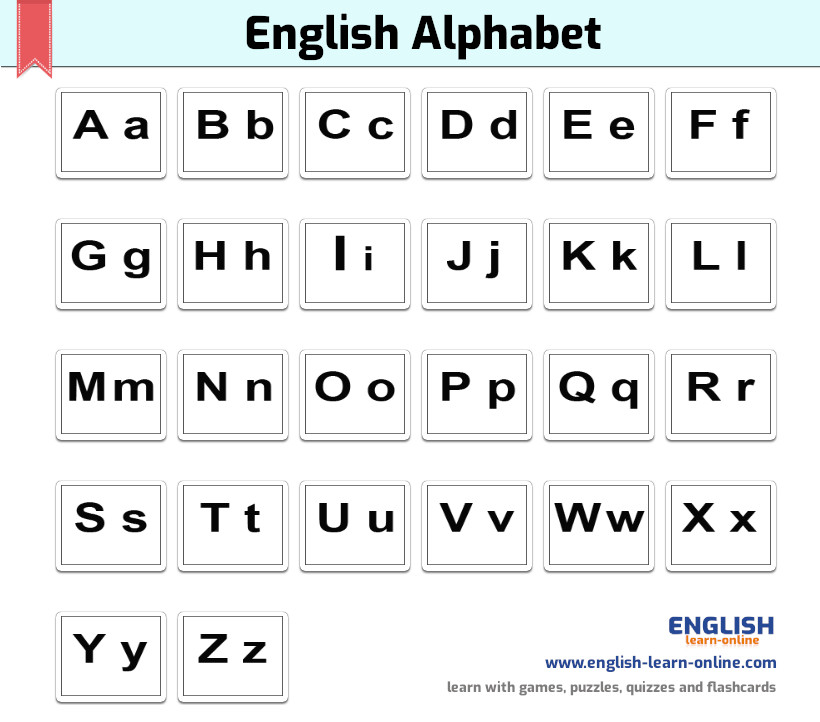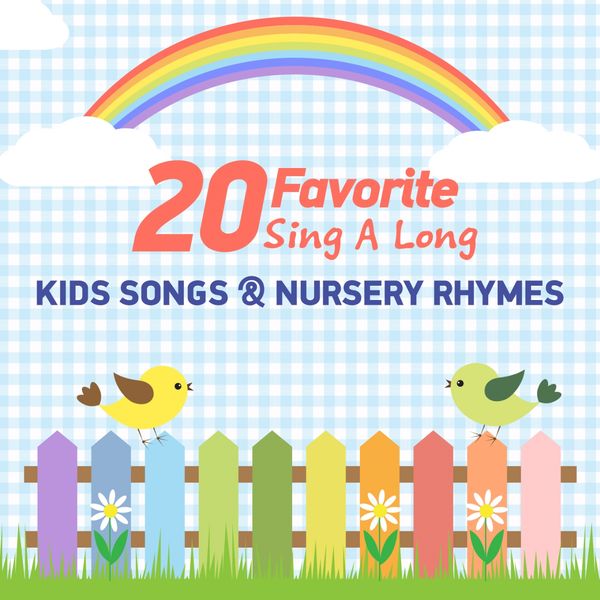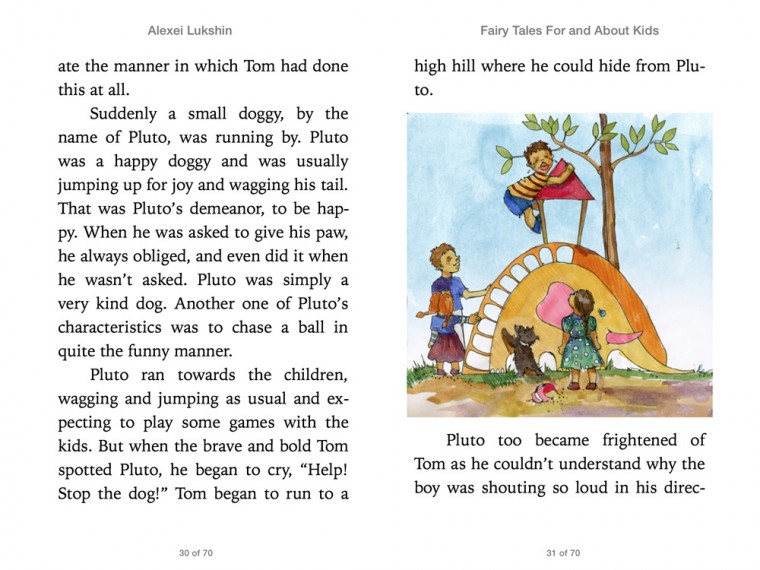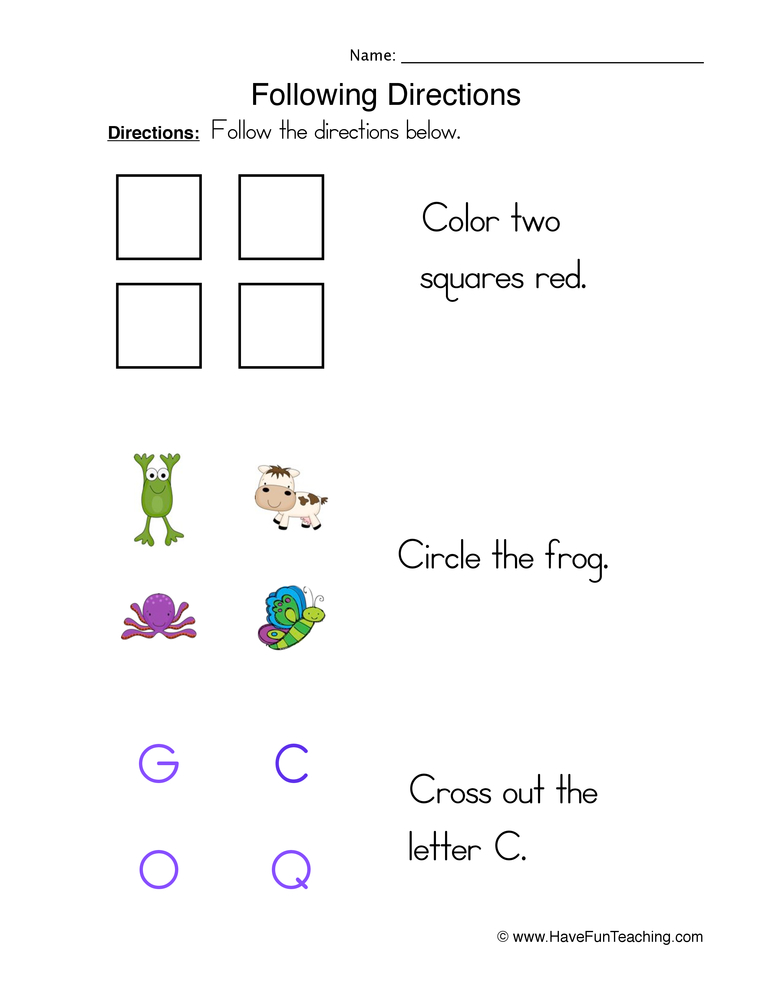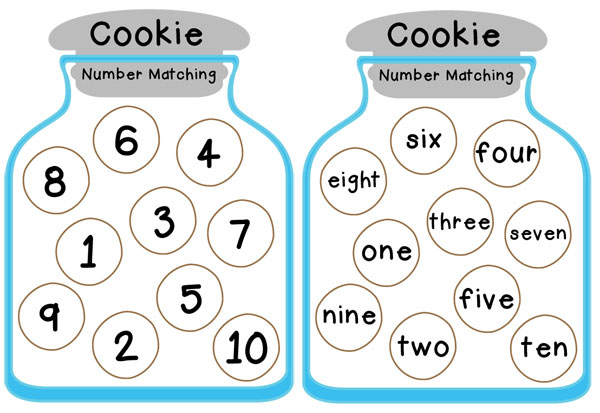Vowel sound example words
Vowel sounds — English Language Club
Share This Post
When we think about the alphabet we think of 5 vowels A, E, I, O, U. However, when it comes to pronunciation, there are many vowel sounds. In this video we will look at the vowel sounds from the International Alphabet.
Vowel Sounds
When we think about the alphabet we normally think of there being 5 vowels A, E, I, O, U. However, when it comes to pronunciation, there are many vowel sounds and these sounds can be spelt in different ways which can be a little inconsistent. This makes things difficult when learning English especially as in many other languages the vowels are pronounced more consistently with how they they are spelled. There are 12 sounds that we will be looking at in this video and they are the single vowels or monophthongs. The place of each symbol on the chart tells us something about how it is produced.
Remember!
Pronunciation is physical and as we go through these sounds you need to think about these three questions; Is your mouth open, closed or in the middle? What is the position of your tongue? What shape are your lips?
Examples of Vowel Sounds
For the vowel sounds on the top row the mouth is almost closed
- /i:/, /ɪ/, /ʊ/ and /u:/
For the vowel sounds on the bottom row the mouth is almost wide open.
- /æ/, /ʌ/, /ɑ:/ and /ɒ/
For the sounds on the left, our tongue is near the front teeth.
- /i:/, /e/ and /æ/
When we get to the right, it has moved back a little bit.
- /u:/, /ɔ:/ and /ɒ/
Lets look at some examples words for each vowel sound.
- /i:/, as in “me”, “these”, “need” and “be”.
- /ɪ/ as in “with”, “this”, “if” and “think”.
- /ʊ/ as in “put”, “would”, “look”, and “woman”.
- /u:/ as in “to”, “you”, “new” and “who”.
Do you see how the position on the chart relates to where the sound comes from?
On the second row the mouth is open a little more. Again the tongue should move back a little as we go through them from left to right.
- /e/ as in “get”, “when”, “well” and “very”.
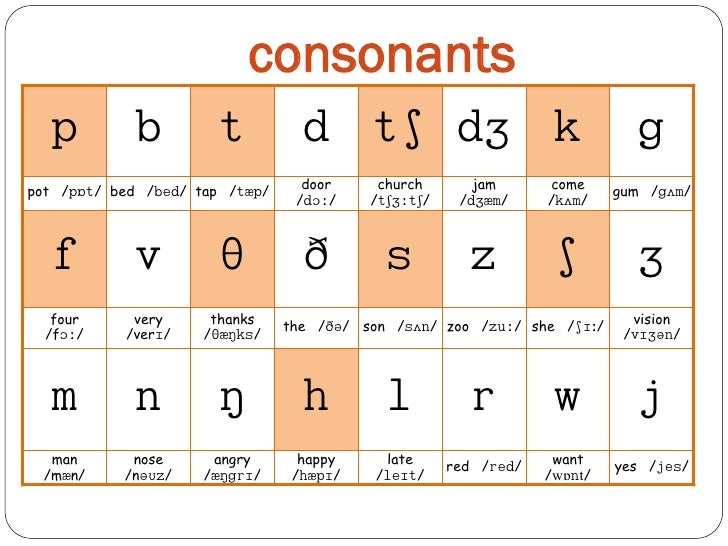
- /ə/ as in “the”, “about”, “could” and “us”.
- /ɜ:/ as in “her”, “work”, “learn”, and “word”.
- /ɔ:/ as in “or”, “also”, “more”, and “call”.
Now lets look at the bottom row where our mouth should be almost wide open.
- /æ/ as in “have”, “that”, “as”, and “can”.
- /ʌ/ as in “but”, “up”, “one”, and “much”.
- /ɑ:/ as in “start”, “ask”, “large” and “after”.
- /ɒ/ as in “of”, “on”, “from” and “not”.
So that is all the single vowels. Obviously there are a lot more examples but the examples in this video are some of the most common words. The important thing to remember is that pronunciation is physical.
Well thanks for reading. I hope you found it useful.
Improve your pronunciation
subscribe to our newsletter for pronunciation tips
PrevPreviousDiphthongs: How to pronounce the Diphthong Sounds
NextPresent Continuous for HabitsNext
More To Explore
Pronunciation
ng sound: How to pronounce the ŋ sound (/ŋ/ Phoneme)
This lesson is about the ng sound, (/ŋ/ Phoneme), as in the words: think thing walking It is a sound from the Single Consonants group.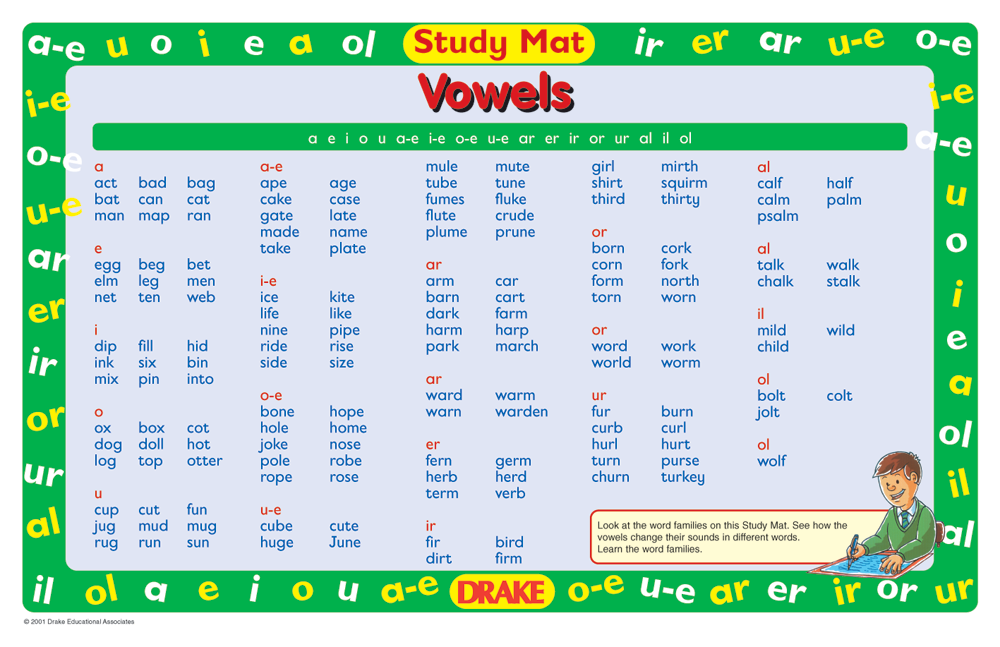 How
How
Colin Munro September 9, 2021
Pronunciation
i: Sound: How to pronounce the i: sound (/i:/ Phoneme)
The i: sound is a Vowel sound called the ‘Close Front Unrounded Vowel’. So your tongue is high and at the front of your mouth.
Colin Munro September 9, 2021
Do You Want To Improve Your Pronunciation?
Get our free phonetics app
Download
IPA English Vowel Sounds Examples
By Georgie Harding – Founder & Head Speech Pathologist
English Vowel Sounds IPA Examples – With Practice Exercises
Voice Recorder, Video & Audio Files to Practice Your Vowel Sounds
Today, you’ll see English vowels examples of the IPA for each vowel, and to improve your pronunciation you’ll complete English vowel exercises and practice. Listen to each vowel sound pronounced by a native English speaker, practise your pronunciation of each vowel sound and download our English Vowel Sounds Chart.
See this English Vowel Lesson Video to practice all the vowels in English.
What are the English Vowel Sound IPA symbols (International Phonetic Alphabet)? English has 20 vowel sounds. Short vowels in the IPA are /ɪ/-pit, /e/-pet, /æ/-pat, /ʌ/-cut, /ʊ/-put, /ɒ/-dog, /ə/-about. Long vowels in the IPA are /i:/-week, /ɑ:/-hard,/ɔ:/-fork,/ɜ:/-heard, /u:/-boot. Diphthong vowels in the IPA are /eɪ/-place, /oʊ/-home, /aʊ/-mouse, /ɪə/-clear, /eə/-care, /ɔɪ/-boy, /aɪ/-find, /ʊə/-tour.
I understand that to many people that can look a little overwhelming. But I promise it’s not so bad. We’ll break it down and give you real examples and practise.
If you want to know more about how to actually use the symbols to improve your pronunciation and English accent, see our guide for learners on using the IPA – “English Pronunciation – How to Use the IPA To Improve”
Before we start, let’s cover some International Phonetic Alphabet (IPA) basics.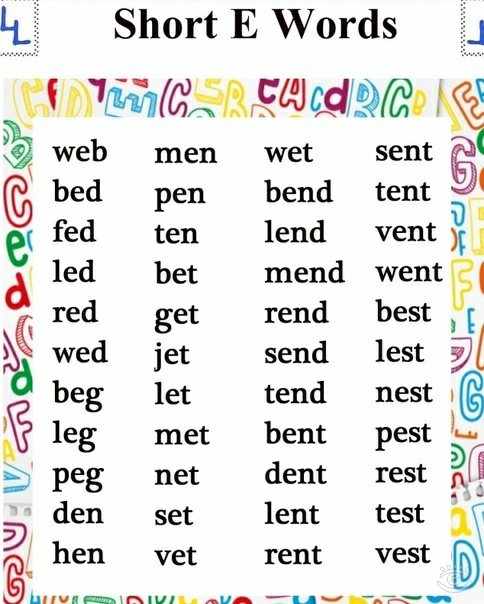
What is the International Phonetic Alphabet (IPA) used for? Learners of foreign languages use the IPA to check exactly how words are pronounced. Each IPA symbol represents a sound. For example, a learner of English can use the IPA to find out exactly what sounds are in a word and where the word stress is. It is an extremely helpful tool for people learning to speak another language.
Why is the IPA important for learning English pronunciation? The International Phonetic Alphabet (IPA) is very important for learners of English because English is not a phonetic language. The spelling of an English word doesn’t tell us how to pronounce it. In English, several different letter combinations can be used to spell the same sound and there are silent letters. The IPA tells us the correct sounds and word stress for pronouncing English words.
What’s the difference between a short vowel, a long vowel and a diphthong vowel in the IPA in the dictionary? When you look at the English Vowel Sounds IPA symbols in the dictionary one symbol by itself is a short single vowel, two dots like this /:/ after a vowel symbol mean that it is a long single vowel and two vowel symbols, one after the other means a double or diphthong vowel.
Here is an example IPA of what English Vowel Sounds IPA symbols look like in the dictionary.
In this page we will revise all the English vowel phonetic symbols. We have broken these up into English vowel phonetic symbols for short vowels, long vowels and double or diphthong vowels.
Let’s look at the English vowel sounds IPA symbols more closely, starting with short vowels.
English Short Vowels in the IPA (International Phonetic Alphabet)
What you need to know about .
– a short English vowel is noticeably shorter than a long vowel
– an English short vowel is made with only one mouth position
– one mouth position is represented by one IPA symbol (every sound /mouth position has a different IPA symbol)
– the weak vowel schwa is the most common vowel in English.
What Are the English Short Vowels in the IPA? There are 7 IPA symbols for English short vowels. The IPA for English short vowels are: /ɪ/, /e/, /æ/, /ʌ/, /ʊ/ , /ɒ/, /ə/
English Vowels Examples – IPA Short Single VowelsVowel Phonetic Symbol & IPA Examples in Words
/ɪ/ – fit /fiːt/, pick /piːk/, difficult /ˈdɪ. fɪ.kəlt/
fɪ.kəlt/
/e/ – pet /pet/, sent /sent/, attention /əˈten.ʃən/
/æ/ – pat /pæt/, flat /flæt/, family /ˈfæ.mə.li/
/ʌ/ – cut /kʌt/ jump /dʒʌmp/, cover /ˈkʌ.vər/
/ʊ/ – put /pʊt/, book /bʊk/, cushion /ˈkʊ.ʃən/
/ɒ/ – pot /pɒt/, dog /dɒg/, hospital /ˈhɒs.pɪ.təl/
/ə/ – about /əˈbaʊt/, system /ˈsɪs.təm/, complete /kəmˈpliːt/.
More Examples of English Short Vowels in the IPA – Listen & Record
See the IPA symbol for each vowel at the top of each blue box. Complete each of the English Vowels exercises with the voice recorder and practise English vowels phonetics.
See the phonetic symbol for each vowel sound, see International Phonetic Alphabet examples in 4 commonly used words, click to hear it pronounced and record your own pronunciation.
Click to below to hear English vowels exercises on short English vowel phonetics.
/ɪ/
hit /hɪt/ pick /pɪk/
miss /mɪs/ tip /tɪp/
/e/
let /let/ neck /nek/
mess /mes/ wet /wet/
/æ/
sat /sæt/ back /bæk/
hat /hæt/ cap /kæp/
/ɒ/
hot /hɒt/ sock /sɒk/
boss /bɒs/ top /tɒp/
/ʌ/
cut /kʌt/ luck /lʌk/
fuss /fʌs/ cup /kʌp/
/ʊ/
put /pʊt/ look /lʊk/
cook /kʊk/ good /gʊd/
/ə/ – schwa
apart/əˈpɑːt/ pilot /ˈpaɪ.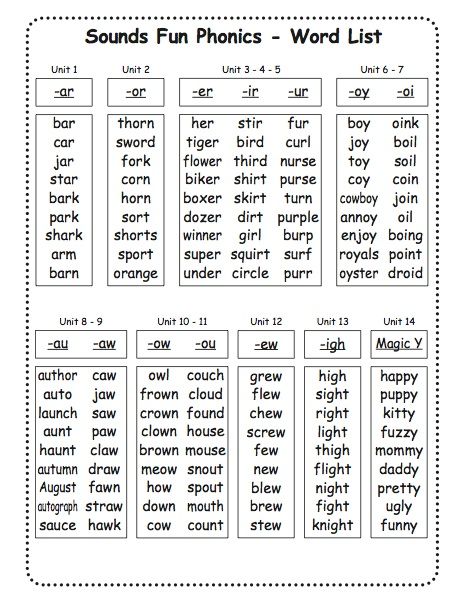 lət/
lət/
carrot /ˈkæ.rət/ minute /ˈmɪ.nət/
Join Our 5 Day Free English Pronunciation Online Course
English Long Vowels in the IPA
What you need to know.
– English long vowels have two dots like this – /:/ after the vowel symbol. If it has /:/ after it, you know it’s a long vowel!
– English long vowels are noticeably longer than short vowels.
– distinguishing between short and long vowels is very important in English because they mean different words. eg ship and sheep, sh*t and sheet, wick and week and so on.
– an English long vowel is only one symbol in the IPA because it is one mouth position.
KEY POINT: When you are looking at the vowels in the IPA to help you with your pronunciation, if you see the two dots /:/ you need to check you are making a long vowel, not a short vowel or a double vowel.
English Vowel Examples – IPA Long Single Vowels
Vowel Phonetic Symbol & IPA Examples in Words
/i:/ week /wi:k/, feet /fi:t/, media /ˈmiː.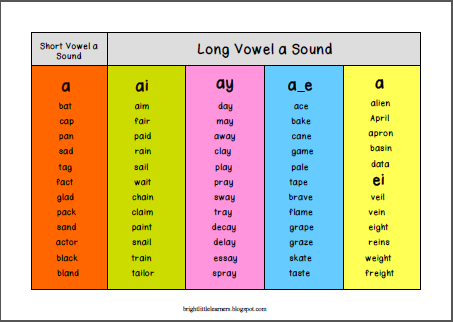 di.jə/
di.jə/
/ɑ:/ hard /ha:/, park /pa:k/, article /ɑː.tɪ.kəl/
/ɔ:/ fork /fɔ:k/, walk /wɔ:k/, August /ɔːˈɡʌst/
/ɜ:/ heard /hɜ:d/, word /wɜ:d/, surface /ˈsɜː.fɪs/
/u:/ boot /bu:t/, group /gru:p/, beautiful /ˈbjuː.tɪ.fəl/
What are English Long Vowels in the IPA? There are 5 IPA symbols for English long vowels. The IPA for English long vowels are: /i:/, /ɑ:/, /ɔ:/, /ɜ:/, /u:/.
More Examples of Long English Vowels in the IPAUse the boxes below to revise and practise each of the long English vowels phonetics.
See the phonetic symbol for each vowel sound at the top of each box, see IPA vowel examples of it in 4 common English words, click to hear it pronounced and record your own pronunciation.
ACHTUNG!
As you listen to the IPA examples and practise out loud, pay careful attention to the length of each vowel.
Many non-native speakers of English make many of these vowels too short!
Before you start with the activties below say the words below out loud and pay attention to the length of the vowel.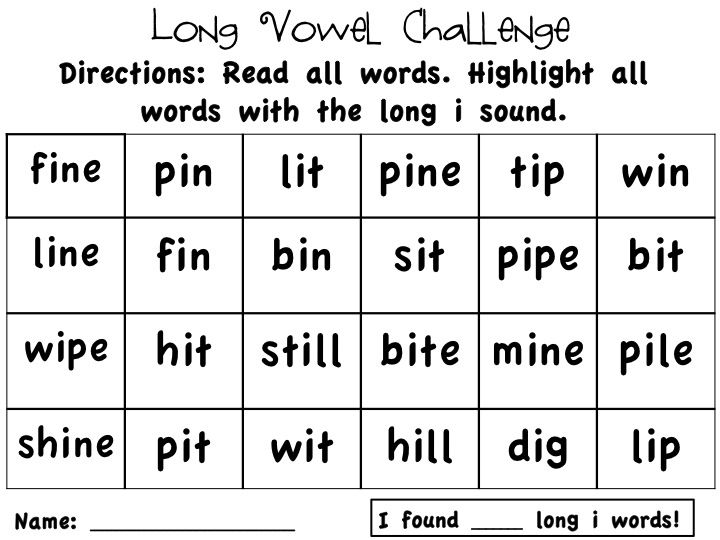
Here are some examples of long vowels in contrast with a shorter version, which actually means another word!
Notice that the long vowels all have the two dots /:/. All of these short vowels and long vowels are SINGLE vowels – they ony have one IPA vowel symbol. This means they only have one mouth position.
Short Vowel vs Long Vowel
hit /hɪt/ – heat /hiːt/
pick /pɪk/ – peak /piːk/
lick /lɪk/ – leak /liːck/
duck /dʌk/ – dark /da:k
stuff /stʌf/ – staff /sta:f/
When completing this English vowels practice, make sure you are clearly making a short vowel and a long vowel. For example, heat and hit should sound different. Peak and pick should sound different. Duck and dark – should sound different.
If they are sounding the same, do some more English vowels practise with the IPA Short Vowel Examples and the IPA Long Vowel Examples until you can more easily hear and make the right vowel length.
Click to below to listen to English vowels exercises on long English vowel phonetics with IPA.
/i:/
heat /hi:t/ peak /pi:k/
piece /pi:s/ leak /li:k/
/a:/
start /sta:t/ dark /da:k/
glass /gla:s/ laugh /la:f/
/u:/
suit /su:t/ threw /θruː/
juice /dʒuːs/ room /ruːm/
/ɔ:/
caught /kɔ:t/ pork /pɔ:k/
horse /hɔ:s/ form /fɔ:m/
/ɜ:/
hurt /hɜ:t/ work /wɜ:k/
nurse /nɜ:s/ sir /sɜ:/
See an example of how long vowels are shown in English dictionaries in the diagram below. This IPA example is from the free Cambridge Online Dictionary. The Cambridge Online Dictionary is an excellent reliable and free online dictionary that you can use to see the IPA for English words.
The Cambridge Online Dictionary is very helpful because it shows the IPA for British English and American English and you can listen to the pronunciation of each word in an American and British accent.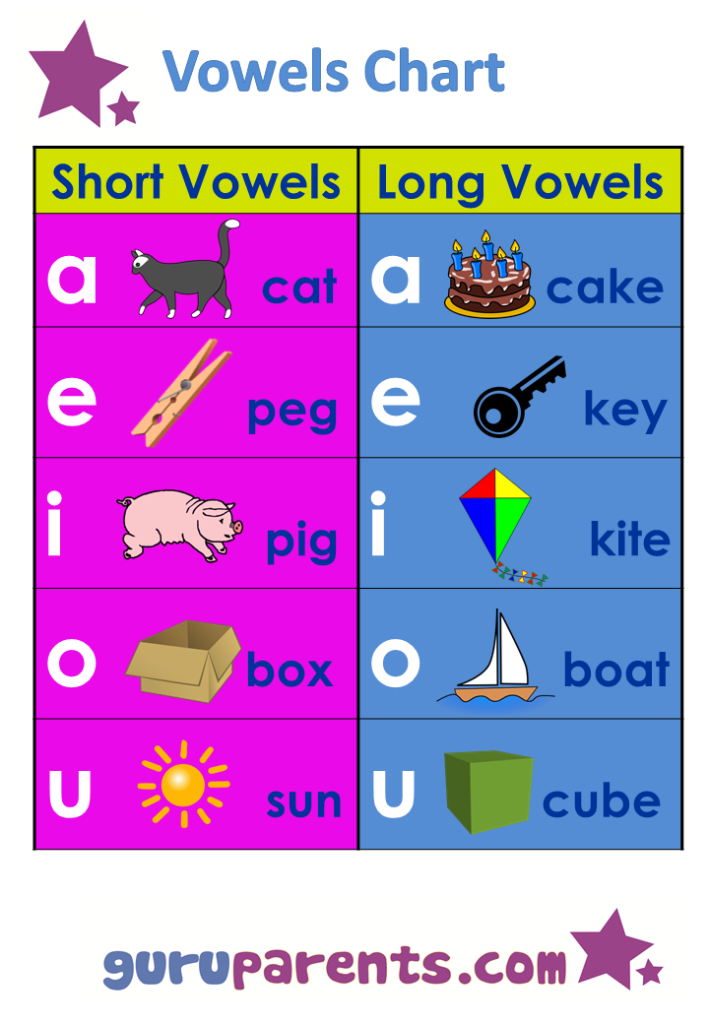
See the screen shot below of how English long vowels are shown in the IPA in the dictionary. I’ve labelled the marker for Word Stress in the IPA and also schwa. Schwa is the name of this symbol /ə/, it’s the most important weak vowel in English.
You’ll see that after the symbol for the vowel /ɔ/ there’s two dots /:/. These two dots show that the vowel is long.
English Diphthong or Double Vowels in the IPAWhat you need to know.
– English diphthong vowels have two IPA symbols because they are made up of two mouth position.
– in other words, diphthong vowels are two short vowels joined together, they are also called double vowels.
– many non-native speakers make some English diphthong vowels as single vowels
Vowel Phonetic Symbol & IPA Examples in Words
/eɪ/ place /pleɪs/, late /leɪt/, dangerous /ˈdeɪn.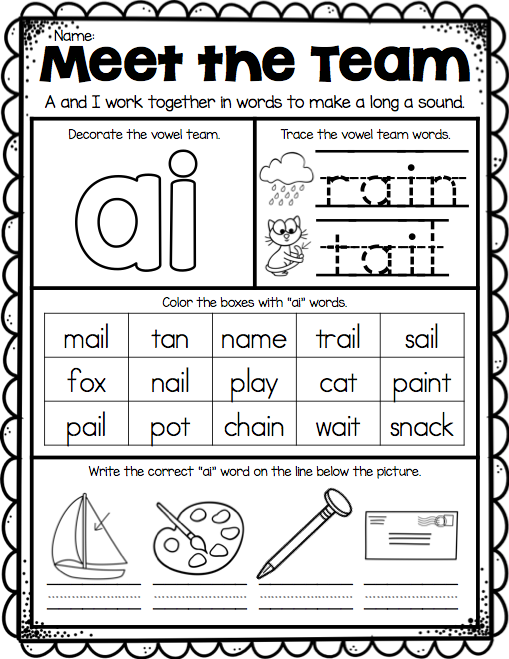 dʒə.rəs/
dʒə.rəs/
/oʊ/ home /hoʊm/, phone /foʊn/, global /ˈɡloʊ.bəl/
/aʊ/ mouse /maʊs/, brown /braʊn/, accountant /əˈkaʊn.t̬ənt/
/ɪə/ clear /klɪə/, fear /fɪə/, career /kəˈrɪə/
/eə/ care /keə/, wear /weə/, declare /dɪˈkleə/
/ɔɪ/ boy /bɔɪ/, toy /tɔɪ/, enjoyable /ɪnˈdʒɔɪ.jə.bəl/
/aɪ/ find /faɪnd/, bite /baɪt/, tiger /ˈtaɪ.ɡə/
/ʊə/ tour /tʊə/, pure /pʊə/, mature /məˈtʃʊə/
What are English Diphthong Vowels in the IPA? There are 8 IPA symbols for English Diphthong vowels. The IPA for English Diphthong vowels are: /eɪ/, /oʊ/, /aʊ/, /ɪə/, /eə/, /ɔɪ/, /aɪ/, /ʊə/.
More English Vowels Examples -IPA Diphthong Vowels
Use the boxes below to revise and practise each of the English vowels phonetics for double vowels in English.
See the phonetic symbol for each vowel sound at the top of each box, see IPA vowel examples of it in 4 common English words, click to hear it pronounced and record your own pronunciation.
ACHTUNG!
As you listen to the IPA examples, listen carefully to hear the two vowel sounds in each.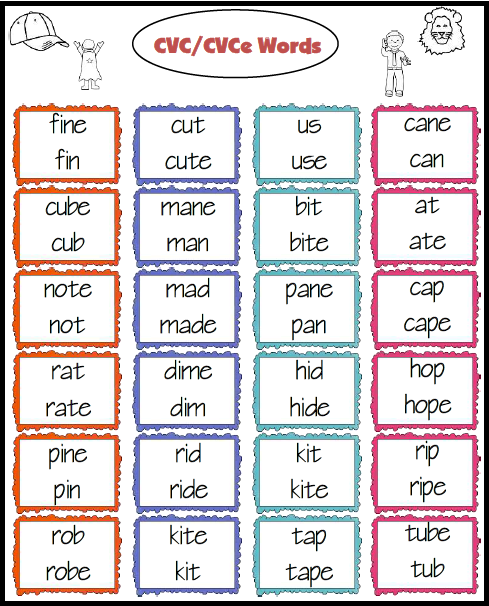
Can you hear the two vowels?
Many people make a single vowel, instead of a double vowel. This happens because the English double vowel doesn’t exist in their first language.
This makes many of their words unclear. For example, when they say ‘coat’ it sounds more like ‘cot’, when they say ‘note’ it sounds more like ‘not’, when they say ‘won’t’ it sounds more like ‘want’ – Video on pronouncing ‘won’t’ vs ‘want’.
As you go through, feel the two positions in each double vowel.
Click to below to hear English vowels exercises on double / diphthong English vowel pronunciation with English vowel phonetics.
/aɪ/
light /laɪt/ like /laɪk/
rice /raɪs/ ripe /raɪp/
/eɪ/
late /leɪt/ lake /leɪk/
race /reɪs/ train /treɪn/
/ɔɪ/
boy /bɔɪ/
join /dʒɔɪn/ choice /tʃɔɪs/
noise/nɔɪs/
/aʊ/
about /əˈbaʊt/
found /faʊnd/ house /haʊs/ down /daʊn/
/oʊ/
note /noʊt/ coke /koʊk/ hose /hoʊs/ phone /foʊn/
/ɪə/
hear /hɪə/ near /nɪə/
fear /fɪə/ beer /bɪə/
/eə/
hair /heə/ share /ʃeə/
pear /peə/ chair /tʃeə/
/ʊə/
tour /tʊə/ lure /lʊə/
cure /kʊə/ pure /pʊə/
See English Diphthong Vowels in the IPA in the dictionary.
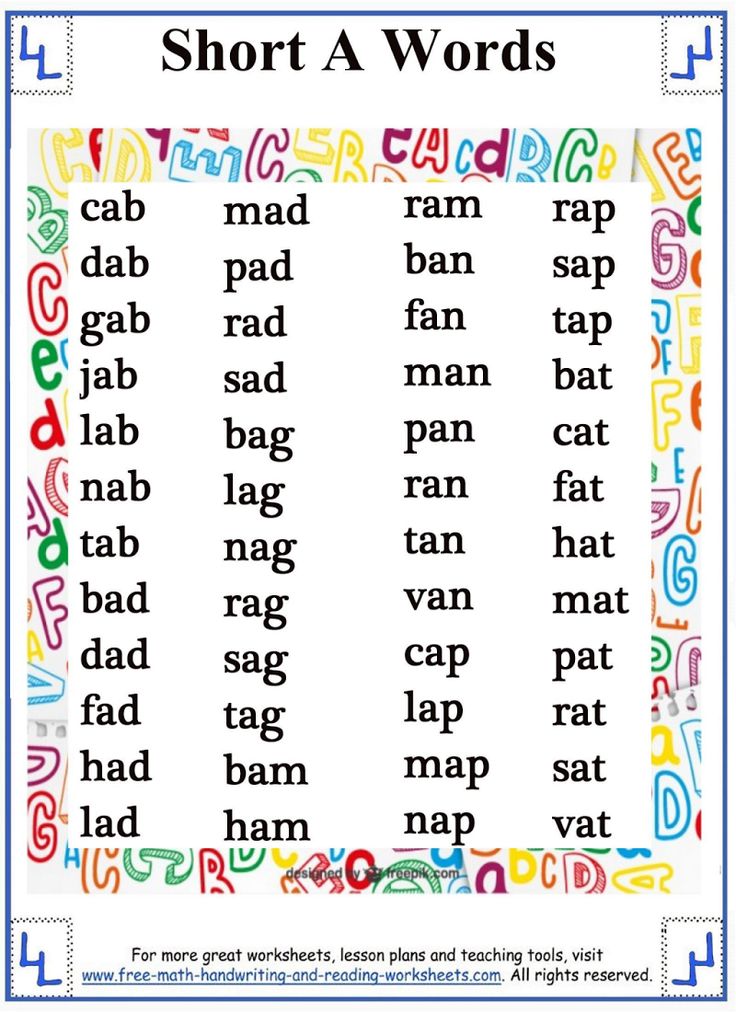
See an example of how diphthong vowels or double vowels are shown in dictionaries in the diagram below.
This IPA example is from the free Cambridge Online Dictionary. The Cambridge Online Dictionary is a reliable and free site that you can use to check the pronunciation of English words.
It shows the IPA for American English and British English and you can click to hear the word pronounced in both American and British accents.
See a screen shot of how English diphthong and double vowels are shown in the IPA in the dictionary below. I’ve labelled the marker for Word Stress in the IPA and also schwa, the most important weak vowel in English.
English Vowel Sounds Chart PDFHere is a clear English Vowel Sounds Chart with IPA Symbols.
Many ESL speakers find this English Vowel Sounds Chart extremely helpful.
English Vowels Sounds Chart pdf.
Download English Vowel Sounds Chart PDF here
Join Our Free English Pronunciation Starter Course For More English Vowels PracticeAfter your English vowels practice from today, you might be wondering why certain vowels are more difficult than others.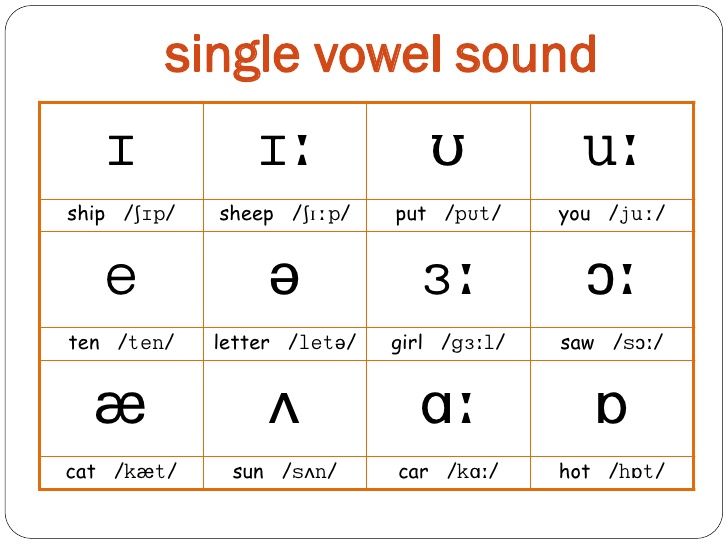 Which vowels you find challengings depends on your first language. You can find out more about which vowels speakers of your first language find difficult and continue your English vowels practice with our free 5 day English Pronunciation Course,
Which vowels you find challengings depends on your first language. You can find out more about which vowels speakers of your first language find difficult and continue your English vowels practice with our free 5 day English Pronunciation Course,
You’ll receive 5 emails full of excellent English pronunciation videos. Learn priority areas for clearer, better spoken English, record a clear professional voicemail greeting, English vowels exercises, improve your word stress, correct lots of commonly mispronounced words.
|
☑ By signing up you are agreeing to receive further information and tips from Speech Active.
And there you have it!
All the English Vowel Sounds IPA, clearly shown with each International Phonetic Alphabet Symbol.
These English vowels exercises have hopefully helped you become more aware of which English vowel sounds you need to improve on for clearer, better spoken English.
I hope the images and information in this article will help you understand the International Phonetic Alphabet (IPA) for English Vowels and how to use the IPA to improve your pronunciation of vowel sounds in English.
The IPA is a powerful tool that can be seriously helpful to learners.
Georgie's Tips For Using The IPA (International Phonetic Alphabet) To Improve Your Pronunciation:
Remember that even if you don't know every symbol you should still use the IPA for important information such as:
- the /:/ tells you when there is a long vowel
- two symbols means it's a double or diphthong vowel
- /'/ is for word stress and tells you the next syllable is stressed
All the best.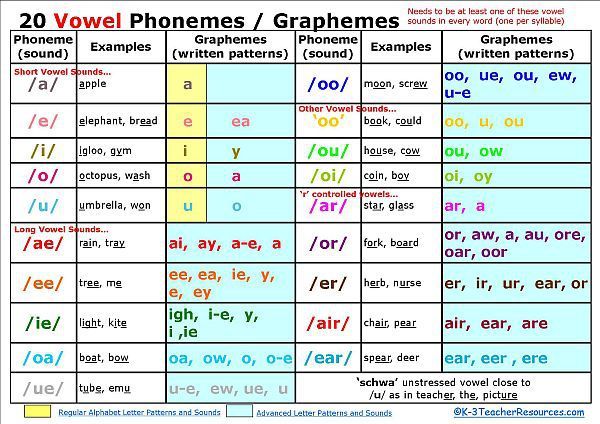
x
Georgie
by Georgie
Georgie Harding has assisted thousands of people from all over the world with improving their clarity and spoken English skills. A Speech Pathology degree (BAppSc(SpPath) and CELTA qualifications and over 15 years of experience providing 1:1, group and online training make Georgie a leader in her field.
Georgie is the creator the world's leading English Pronunciation online courses that are tailored to the language background of the student and presents regularly at Universities.
If you've ever met Georgie or completed her award winning courses you'll know how passionate she is about helping people move forward with better spoken English and more confidence.
Email: [email protected]
Linkedin: Georgie Harding
Facebook: Speech Active
Twitter: Speech Active
|
☑ By signing up you are agreeing to receive further information and tips from Speech Active.
5 emails - start today
Your step-by-step path to clear and confident English
Start Now
Vowels and vowel sounds of the Russian language - scheme, table
Contents:
• Vowels and sounds
• Stressed and unstressed
• Iotated
In Russian there are 10 vowels, 6 vowels. Vowels: a, and, e, e, o, u, s, e, u, i. Vowel sounds: [a], [o], [y], [e], [i], [s]. In the school curriculum, vowel sounds are indicated in the diagrams in red. In elementary grades, they explain: vowels are called so because they “voice”, they are pronounced “voiced”, while consonants got such a name because they “agree” with vowels.
Scheme 1. Vowels and vowel sounds of the Russian language.Stressed and unstressed vowels
Vowel sounds are:
- stressed: juice [o] - ice ['o], forest ['e] - mayor [e], drill [u] - hatch ['u],
- unstressed: in o yes [a], from y dak [y], l e juice [i].
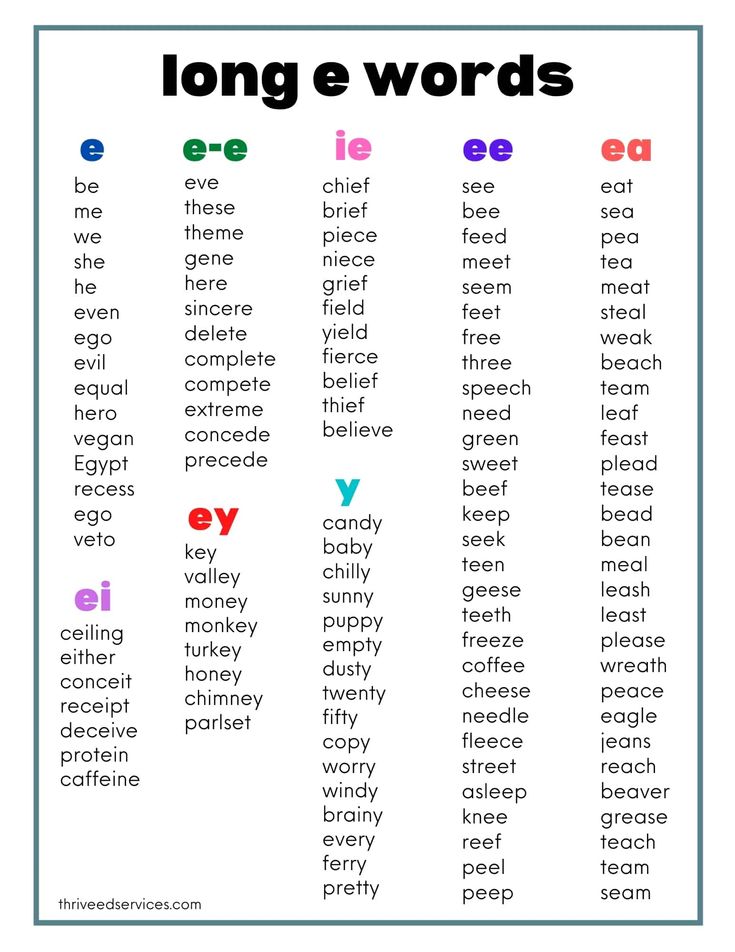
It is correct to say "stressed syllable" and "unstressed syllable". Instead of "stress falls on a vowel" say "stress falls on a syllable with a vowel." However, in the literature there are formulations "stressed vowel" and "unstressed vowel".
Stressed vowels are in a strong position, they are pronounced with more force and intonation. Unstressed vowels are in a weak position, they are pronounced with less force and may be subject to change.
The designation of the letter e in a weak position differs in different school programs. Above we showed the sound [and], in other school programs the designation [e] is found, in the institute program - [e and ] (e with an overtone and).
Scheme 2. Division of vowels into stressed and unstressed. In Russian there are compound words with primary and secondary stress. In them, with a strong intonation, we highlight the main stress, with a weak intonation - a secondary one. For example, in the word foam blocks, the main stress falls on the syllable with the letter o, the secondary stress on the syllable with the letter e.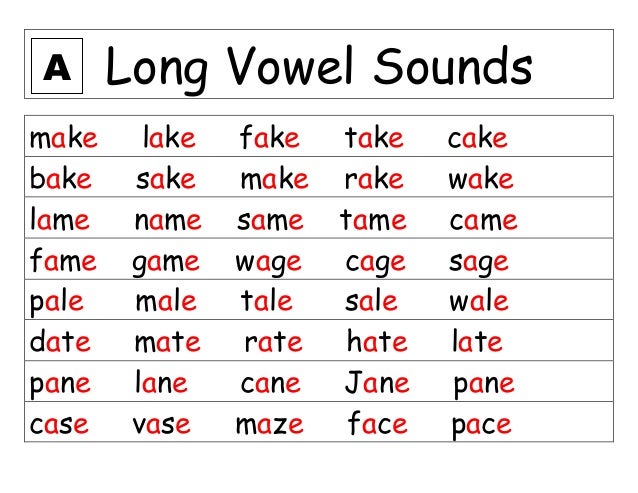 In phonetic analysis, the vowel with the main stress is stressed, the vowel with the secondary stress is unstressed. For example: tricuspid, three-year-old.
In phonetic analysis, the vowel with the main stress is stressed, the vowel with the secondary stress is unstressed. For example: tricuspid, three-year-old.
Iotated vowels
The letters i, u, e, ё are called iotated and mean two sounds in the following positions of the word:
- at the beginning of the word: tree [y'olka], Yana [y'ana], raccoon [y'inot];
- after a vowel: hare [zay'its], button accordion [bay'an];
- after ь or ъ: streams [ruch'y'i], rise [fall'om].
For ё and stressed vowels i, yu, e, a replacement is made: i → [y’a], yu → [y’u], e → [y’e], yo → [y’o]. For unstressed vowels, a replacement is used: i → [y'i], e → [y'i]. In some school programs, when compiling a transcription of a word and during phonetic analysis, they write Latin j instead of th.
Scheme 3. Rules for iotated vowels. In other cases, i, u, e, ё mean the softness of the consonant sound in front of them, and create one sound: i → [a], yu → [y], e → [e] or [i], ё → [ about].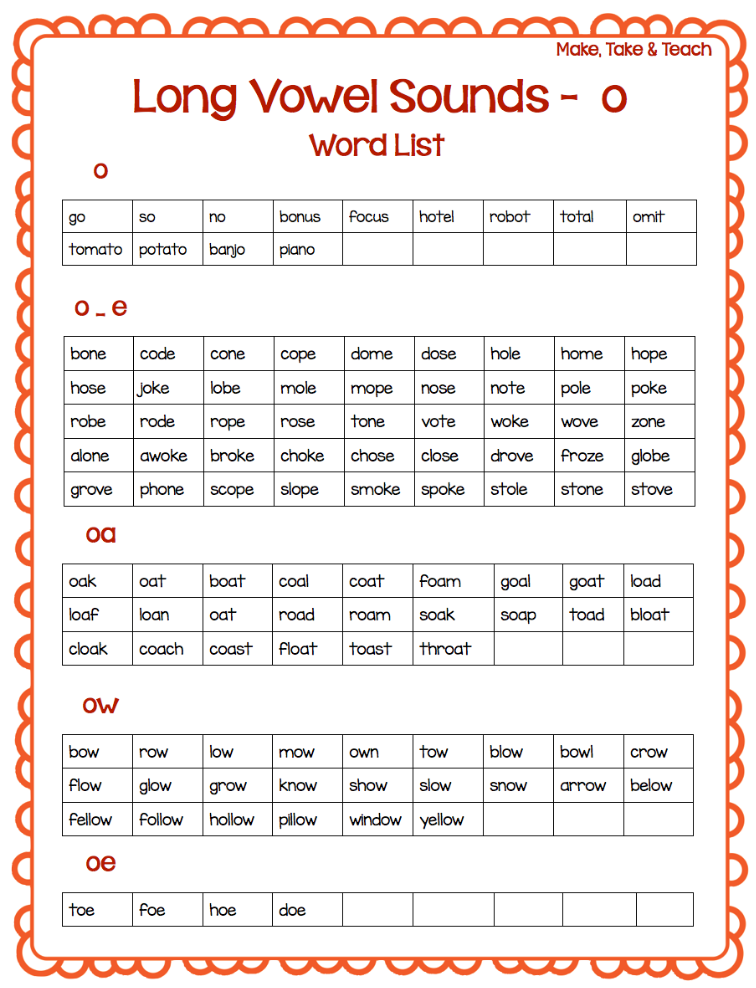
To be able to do phonetic analysis, in addition to vowels, you need to know consonants and the rules of phonetics.
Words with the letter ё must be written through ё. Phonetic parsing of the words "everything" and "everything" will be different!
Vowel sounds and letters. How many are there in Russian?
We will teach you how to write without mistakes and tell stories in an interesting way
Start learning
The correct pronunciation of words is one of the components of a beautiful and literate speech. To achieve this, you will first have to study the sounds themselves. In this article, we will figure out together what vowel sounds are, how many vowels are in the alphabet of the Russian language, and what sounds they can represent.
What are vowels and sounds
Vowel sounds are those sounds that we freely convey with our voice.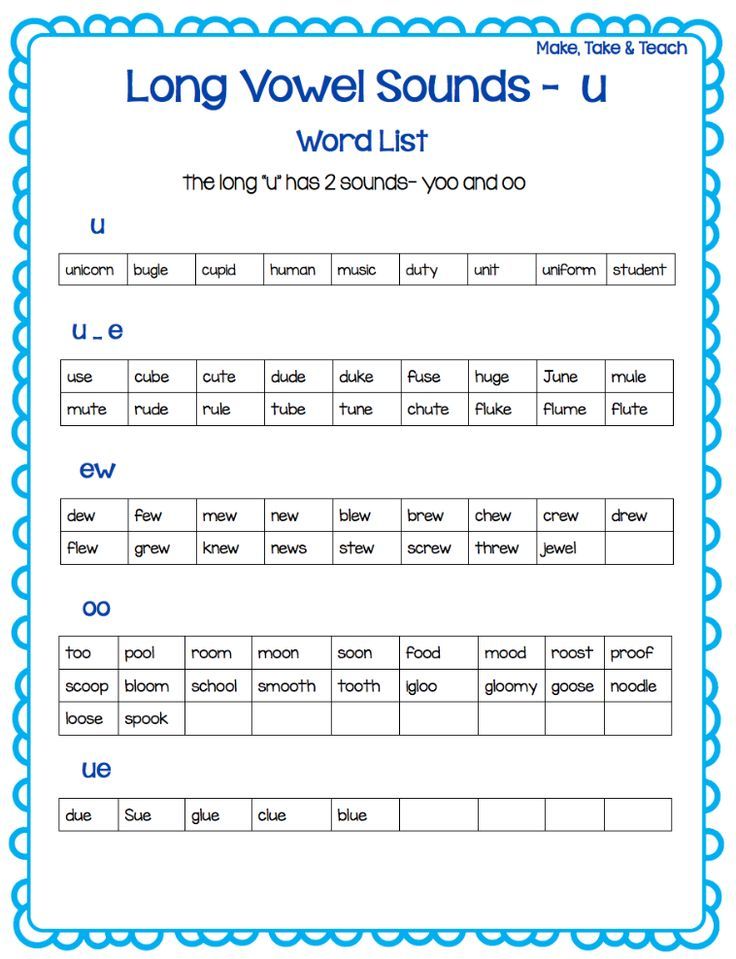 This is where their name comes from:0067 voice means "voice". When pronouncing, air exits through the mouth and does not create noise, and the position of the tongue and lips determines which vowel sound we will pronounce.
This is where their name comes from:0067 voice means "voice". When pronouncing, air exits through the mouth and does not create noise, and the position of the tongue and lips determines which vowel sound we will pronounce.
There are much fewer vowels in Russian than consonants. There are 6 of them in total: [a], [o], [i], [s], [y] and [e]. To understand whether a vowel sound is in front of you or not, try to sing it. For example:
-
a-a-a ,
-
woo
-
s-s-s .
If it works, then the sound is a vowel. You can't do that with consonants.
There are more vowels than sounds - there are 10 of them: a, i, u, u, o, e, e, e, i, s . This difference is due to the fact that some of these letters can represent two sounds and are pronounced using a combination of a vowel and a consonant [y']. For example, in the word spruce , the letter e expresses two sounds - [y'] and [e]. Let's look at the table all the vowel sounds and the letters that represent them.
For example, in the word spruce , the letter e expresses two sounds - [y'] and [e]. Let's look at the table all the vowel sounds and the letters that represent them.
| Letter | Sound | Example |
|---|---|---|
| a | [a] | pharmacy |
| i | [a] [d'] + [a] | change anchor |
| y | [y] | moon |
[y] [d'] + [y] | love skirt | |
| about | [o] [a] | horse milk |
| e | [e] [y'] + [e] [and] | victory raccoon great |
| e | [o] [d'] + [o] | rope hedgehog |
| e | [e] | evolution |
| and | [and] [s] | caviar life |
| s | [s] | choice |
Demo lesson in Russian
Take the test at the introductory lesson and find out what topics separate you from the "five" in Russian.
How vowel sounds are related to syllables
Vowel sounds form syllables - sound segments of words that we pronounce with one breath. One syllable can be either a vowel with one or more consonants, or a vowel alone. There is even a rule by which syllables can be counted: how many vowels in a word - so many syllables.
For example, in the word journey there are 5 vowels: [u], [i], [e], [i] and [e]. This means that it has 5 syllables: p-te-she-stvi-e .
Test yourself!
Count the number of syllables in the words: try on, tanner, well-groomed, care, prefix, capital, wet, invitation, orange .
Vowel sounds and stress
Now let's see what groups vowel sounds are divided into. Sometimes their pronunciation depends on whether the stress falls on them, that is, whether we single them out with our voice. So vowel sounds are divided into stressed and unstressed.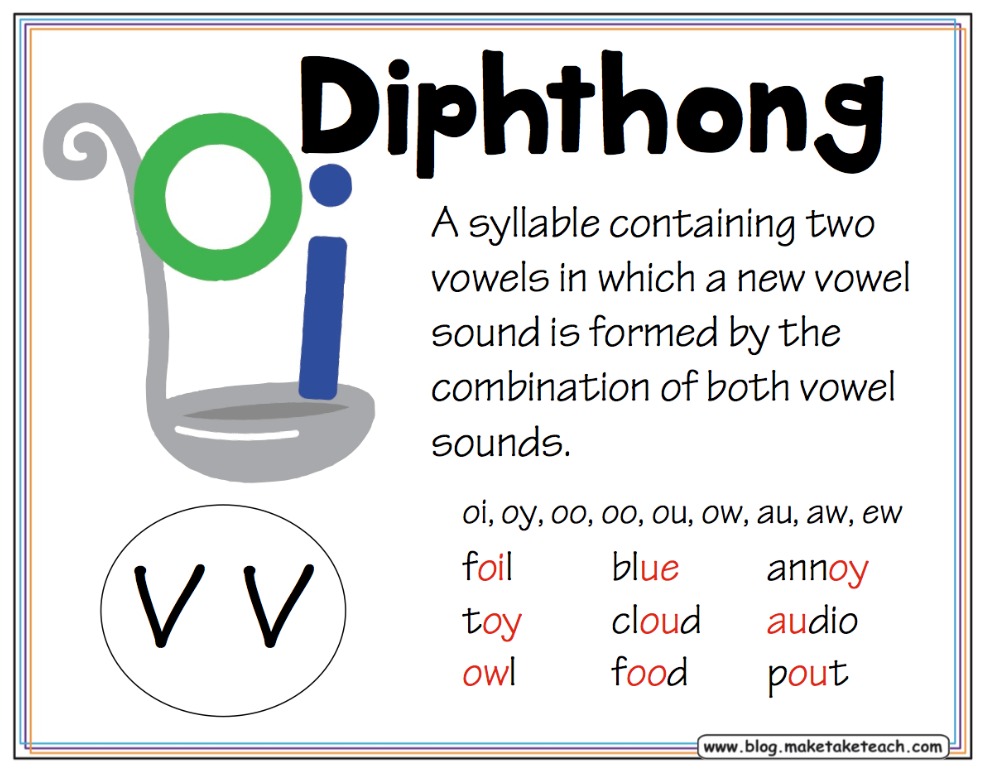 Here are some examples:
Here are some examples:
| | | |
|---|---|---|
| | | |
| | | |
| | | |
Stress in Russian can fall on any of the existing vowel sounds. However, only 4 of them can be unstressed - these are [a], [i], [y] and [s]. In this position, we pronounce sounds weaker than under stress, because of which they can change qualities and sound differently.
Interestingly, the vowels [o] and [e] can only be stressed. There are only a couple of exceptions to this rule: for example, in words cocoa and canoe sounds [o] and [e] in an unstressed position.
How unstressed vowels are related to consonants
How an unstressed vowel sounds depends on the consonant that precedes it. Or rather, from its hardness or softness. If it is a hard consonant, it can be followed by unstressed vowels [y], [a] and [s]. When we talk about a soft consonant, it is followed by unstressed vowels [y] and [and].
| | |
|---|---|
| | |
| | |
| | |
Free English lessons with a native speaker
Practice 15 minutes a day. Learn English grammar and vocabulary. Make language a part of life.
Learn English grammar and vocabulary. Make language a part of life.
Test Yourself
It's time to find out if you have a good understanding of Russian vowel sounds. To do this, we have prepared tasks for self-examination.
Task 1
List all the vowels in these words:
fair,
rejoice,
doll,
distant,
buddy,
voting,
mirror,
story,
OK,
captivate.
Task 2
Name 5 words each in which the sounds [a], [i], [y] and [s] would be stressed.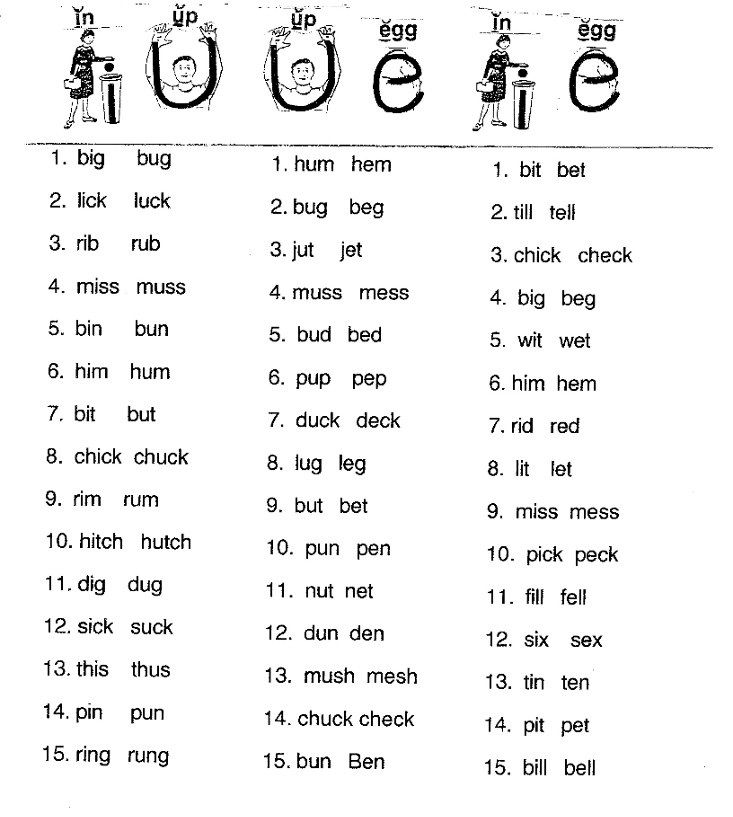
Task 3
Name 5 words in which an unstressed vowel would come after a hard consonant and 5 more words where it would follow a soft consonant.
Task 4
Count the number of syllables in the words below (don't forget to use the rule you learned at the beginning of the article!):
-
weightless,
-
sunrise,
-
adventure,
-
painter,
-
perpetuate,
-
nice,
-
image,
-
category,
-
exciting,
-
melting,
-
snowflake.
Learn more

